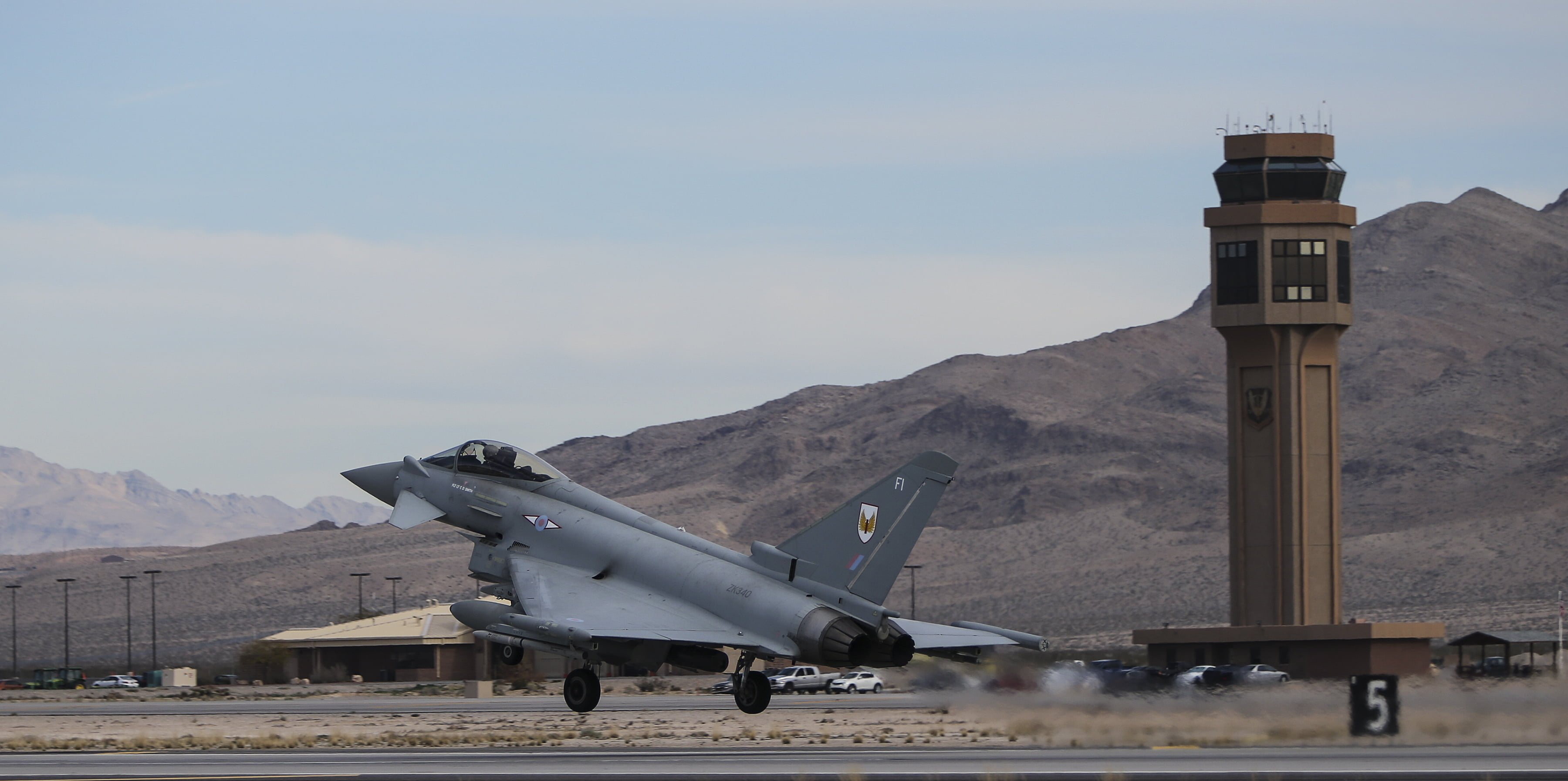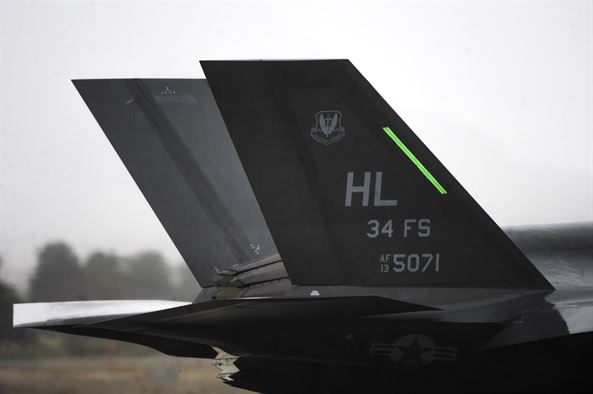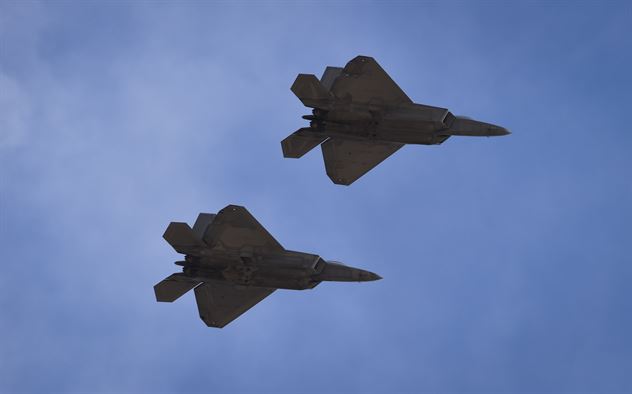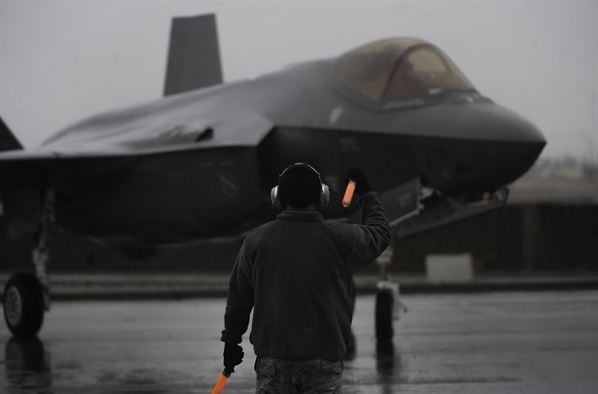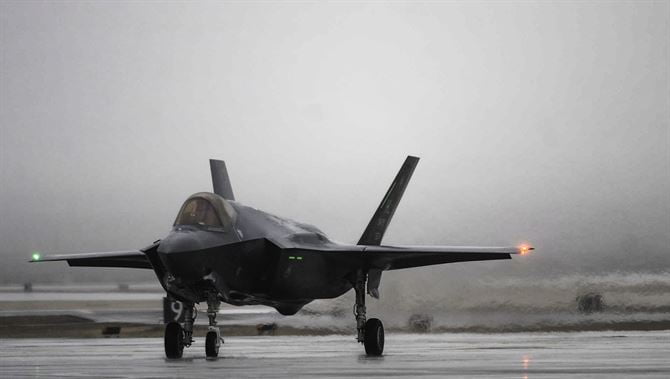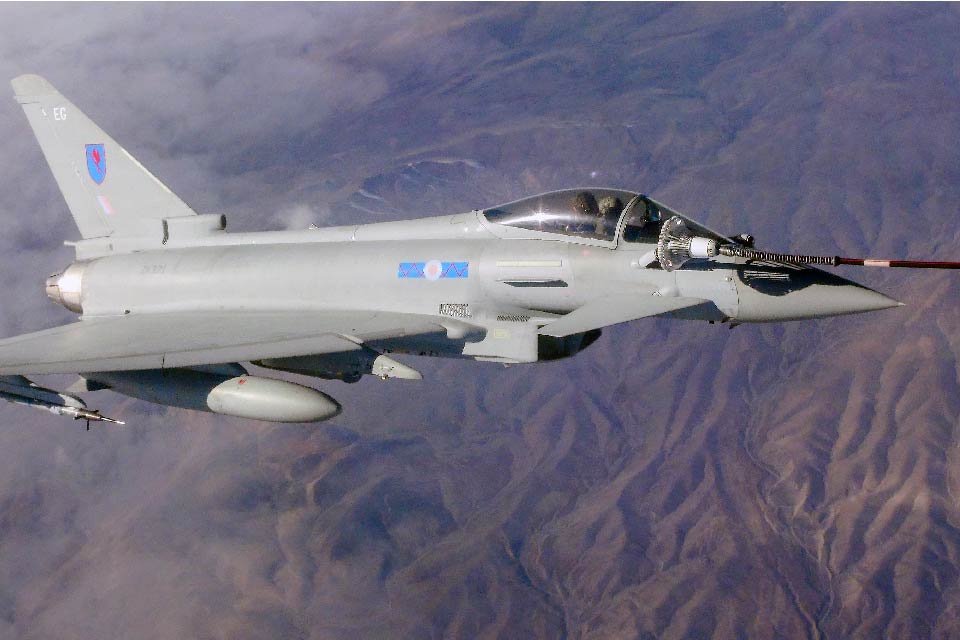2017-06-28 By Robbin Laird
During my visit to RAF Lossiemouth in March 2017, I had a chance to talk with Wing Commander Billy Cooper, the boss of 6 Squadron. His father had served in 6 Squadron after World War II, so there is real passion and commitment to the squadron which filters through from the Wing Commander.
This years Red Flag (RF 16-1 17-1) saw the Aussies bring Wedgetail, the RAF bring their most advanced Typhoons, the USAF both their F-35s and F-22s along with F-15s and the US Navy flew their Growlers.
In effect, this massing of advanced airframes is setting in motion the restructuring of Western airpower and shaping templates for the way ahead.
It is clear that the F-35 has already had a major impact on the thinking of operators and, in effect, Red Flag 17-1 saw the operators evaluating how the aircraft would work together in reshaping their operational rhythm in the combat space.
And as they did so, a way ahead in terms of Weaponization, C2 and related issues would emerge .
The F-35 has arrived and is reshaping concepts of operations as well as influencing the operational restructuring of roles and mission responsibilities of other air combat assets.
This came through very clearly in the discussion with the Wing Commander.
The RAF is in an interesting place in the reshaping of airpower.
Notably, they are carrying out an upgrade program for their Typhoons in preparation for the arrival of the F-35s, and are adding longer range strike weapons, both in terms of air to air and air to ground.
They assume, correctly, that having longer range strike assets makes sense as simply operating aircraft like Super Hornets with short-range weapons makes little sense as the F-35 shapes the strike space for the combat fleet.
Prior to discussing Red Flag 17-1, we discussed the evolution of Typhoon as a complimentary aircraft to the F-35.
It takes time for a combat aircraft to become truly proficient and this clearly has been the case of Typhoon.
As the Wing Commander put it: “We put Jaguar and other legacy pilots into Typhoon which was a radically different aircraft. It took time to adjust to its performance envelope and capabilities.
“We learned early on that the speed and height, which the Typhoon can operate, changes significantly how it does BVR operations butut it took a while to adjust.”
“We now are adjusting it once again with the subsuming of Tornado functions and complementary operations with the F-35.”
He also has been involved in the working relationship with Saudi Arabia, which is now a core partner in the Eurofighter program.
They have gained operational experience and are key investors in the modernization of the aircraft as well.
When we discussed Red Flag 17-1, without going into any details, which might seem too specific, he described was how the F-35s operated close to the most stringent targets and organized information for others in the battlespace.
The Typhoon because of the performance of its defensive aids could operate in key areas to support F-35 operations along with the F-22.
The specialized capabilities of the two aircraft in turn determined how they were used and the F-15 and Growlers were positioned appropriate to their missions and capabilities in the battlespace.
A key question has been raised about how to handle C2 and weapons decisions across the battlespace.
The Sentinel and the Wedgetail both operated to provide a quarterbacking role, but given the fidelity with which the F-35 can see the battlespace sorting out relationships among the various C2 element is part of shaping the way ahead.
“It was great to have guys sit back in the Wedgetail and able to process quite a lot of information and actually operating as mission commanders for dynamic targeting missions with a range of strike or jamming aircraft.”
“The Wedgetail both in terms of the systems and the operators was really first rate, indeed cutting edge.
“It is the next generation of C2 and a step beyond the capabilities of AWACS.”
A key challenge as we integrate various assets is how to ensure we know who can see what.
“As we introduce the F-35, the pilots have to adjust to the fact that their machines will see and convey data that they themselves are not looking at.
“And different airplanes will have different levels of SA in the battlespace.
“How to adjust the operation of the force to meet this challenge?”
And there are legacy and then legacy aircraft when it comes to the impact of the F-35.
“If you optimize the relationship between fourth and fifth-gen would want your 4th gen as far from harm as possible, especially given the low observable nature of the 5th gen platforms.
“In the air to air war you would therefore want to have the longest range weapons you could on your 4th gen platforms.
“That is where Typhoon and Meteor comes in; I really do think it will be a game-changer in the 4th/5th Gen war.”
This is the second in an 8 part series on perspectives from RAF Lossiemouth.
The first slideshow highlights photos credited to the USAF; and the second to the RAF.


